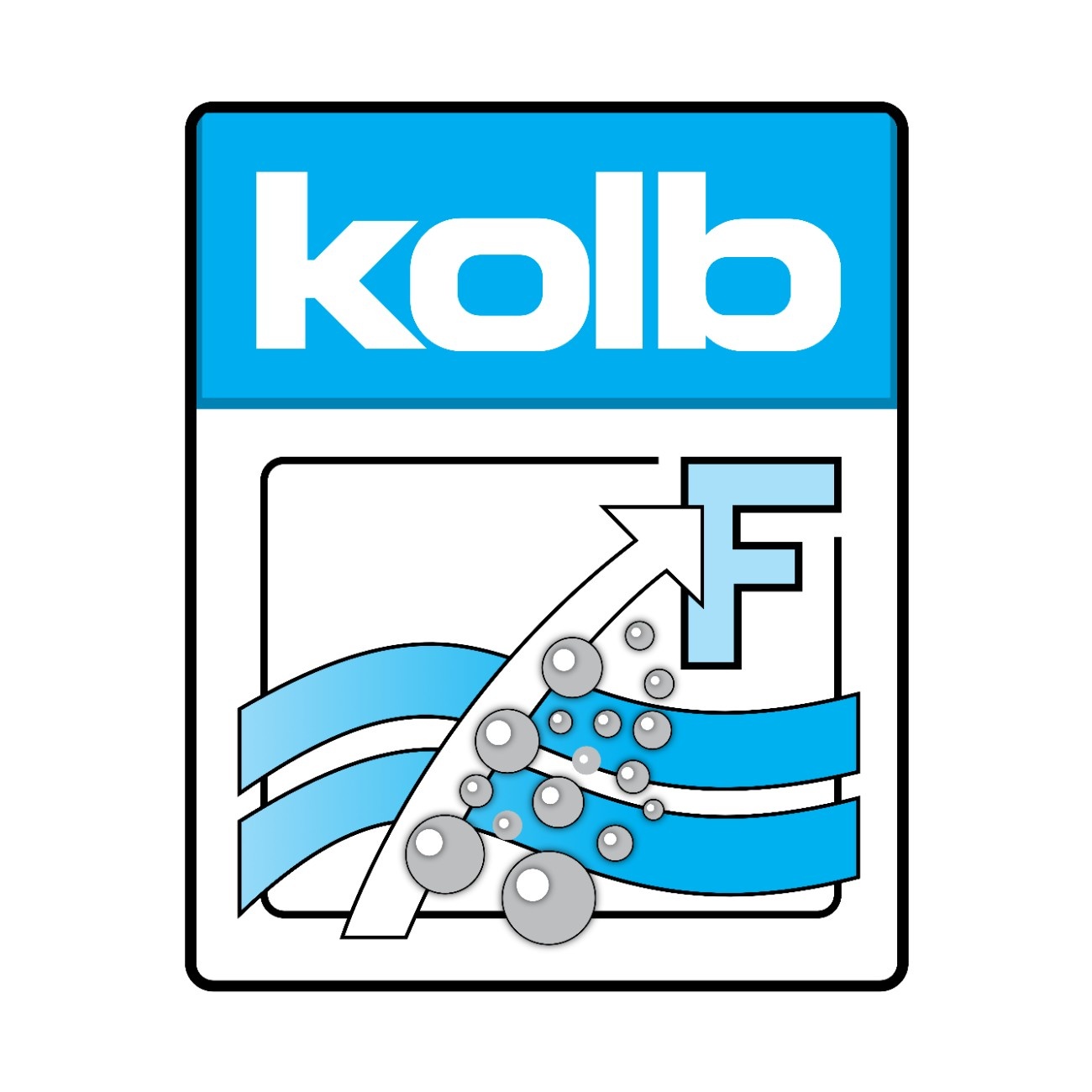Flux is a crucial component of both wire and paste solders. Flux promotes the correct flow and wetting of component leads onto PCB pads. Flux leftovers can possibly lead to contamination and even electrical migration between component leads (resulting in shorts) on the printed circuit board. High reliability systems like space, military and other fundamental applications - usually demand the cleaning of so-called “No Clean” fluxes. PCB cleaning is often necessary for these types of PCBs. Salespeople at Restronics Southwest have years of background in various forms of flux cleaning... from benchtop flux cleaning sprays to higher volume batch cleaning machines and chemistry to dissolve flux residues. By analyzing the process in use and making appropriate recommendations for development, we can reduce the physical labor required for hand spray cleaning and generally boost cleanliness and dependability by adopting a DI water based batch cleaner with aqueous chemistry.
The majority of US manufacturers make high reliability PCBs, so flux cleaning is essential. Cleaning printed circuit boards with solvents, though quite effective, can be very hazardous for the surroundings and for humans. As a result of rising limitations on the solvents used in vapor degreasers, firms are shifting away from solvent-based cleaning to aqueous-based flux cleaning. Cleaners based on aqueous liquids are generally zero-discharge, which implies that no residue or wash solution discarded; it stays in the equipment. Wash chemistry is often a blend of DI water and cleaning chemicals.
As part of PCB cleaning, the correct cleaning chemistry must match the nature of the soils (could involve flux residue, oils, or other contaminants). The majority of people try to utilize a standard alcohol cleaner but it typically leaves a white residue and does not eradicate flux. This is notably difficult when customers need to conformally coat the PCB. Usually, conformal coatings will not adhere appropriately unless the circuit board has been cleaned properly. All flux residues should be cleaned and verified using an Ionic Contamination tester before applying conformal coatings to military and space applications.

